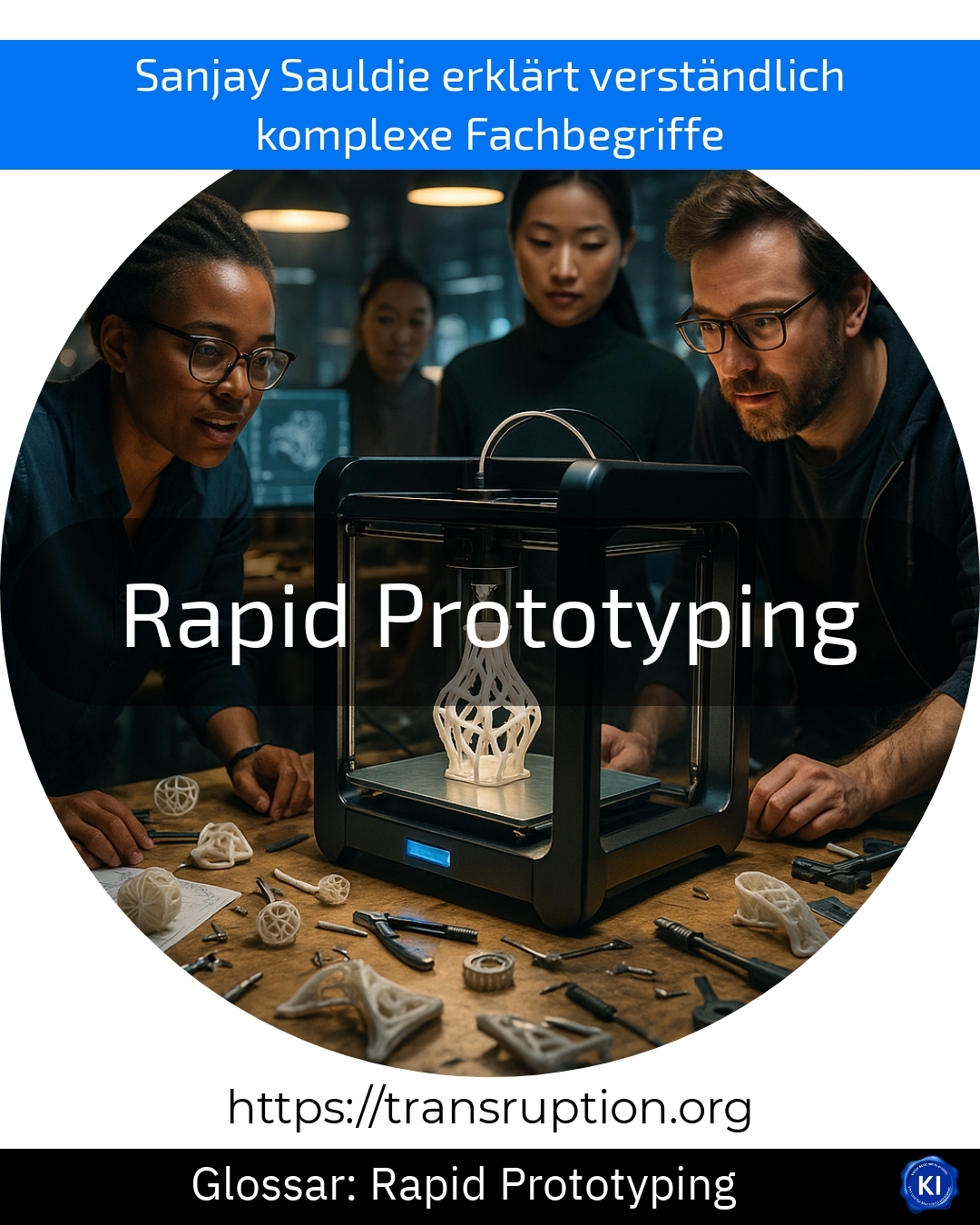Rapid prototyping is particularly at home in the areas of 3D printing, industry and Factory 4.0 as well as digital transformation. It describes a fast and cost-effective process in which new products or parts are produced as prototypes before they go into mass production. Modern technologies such as 3D printing are usually used to produce a tangible model within a few hours or days.
The great advantage of rapid prototyping is that ideas and designs are created very quickly as a real object. This allows companies to speed up their development, recognise errors at an early stage and implement changes easily. This saves time and money.
An illustrative example: a car manufacturer wants to develop a new car door. Instead of laboriously producing a metal mould, the development team creates a digital template and "prints" the door as a plastic model in the 3D printer. This allows the fit, weight or appearance to be checked and adjusted immediately - even before expensive moulds are built for series production.
Rapid prototyping makes innovations visible more quickly and helps to align products even better with customer requirements.















